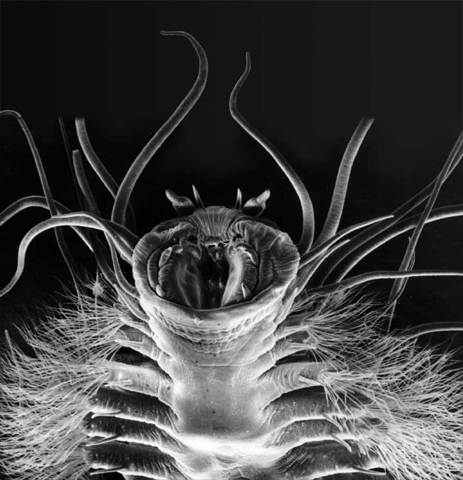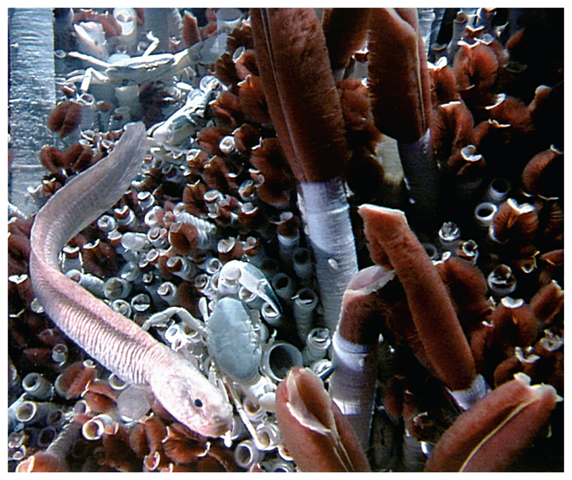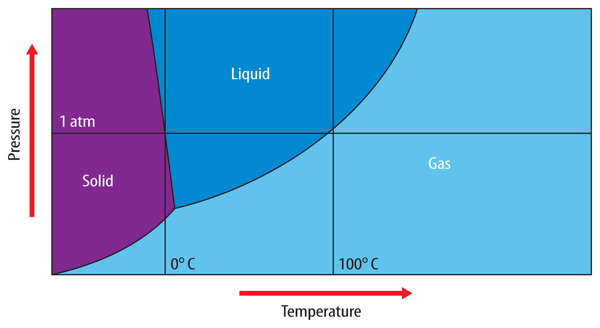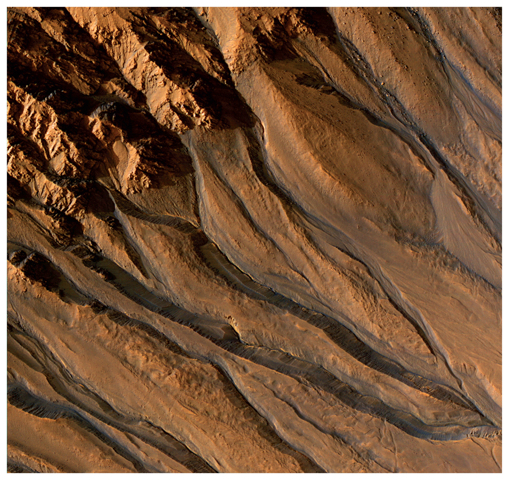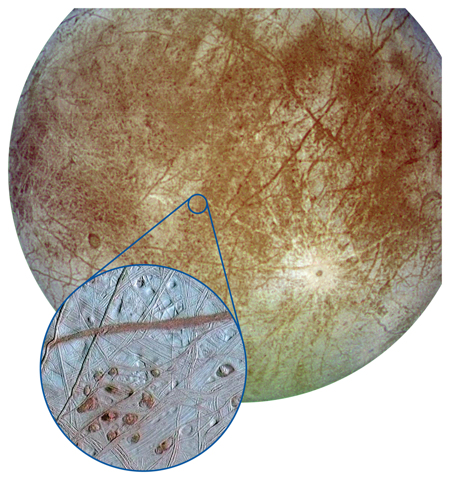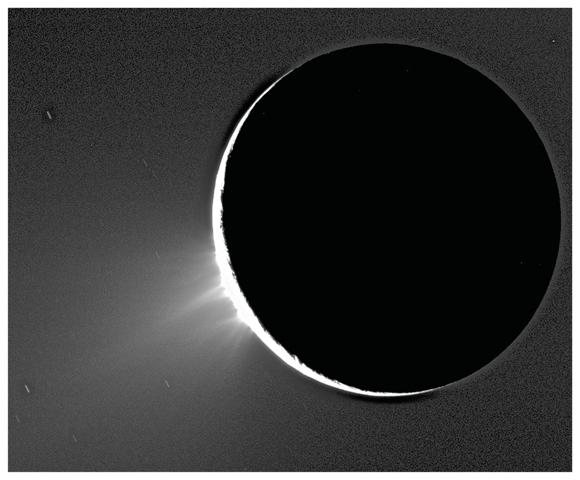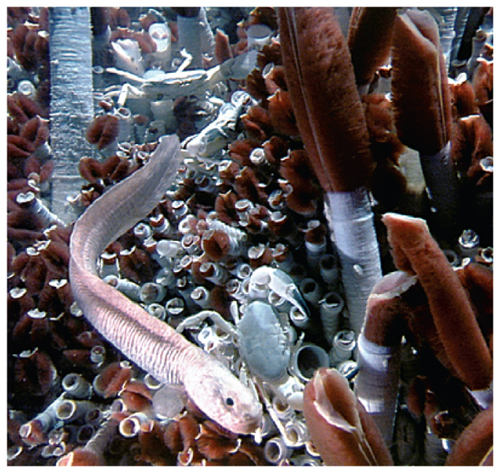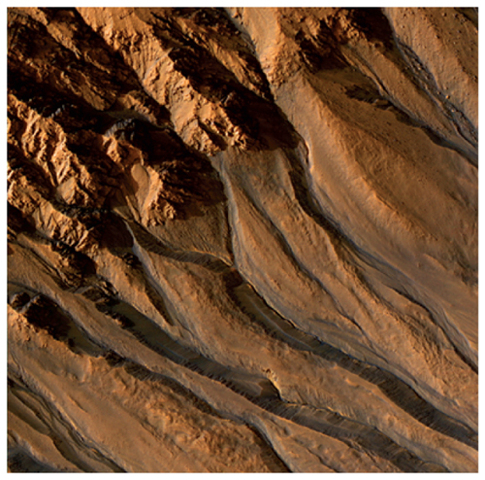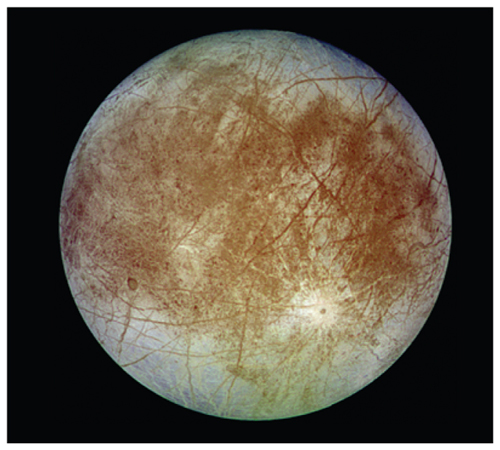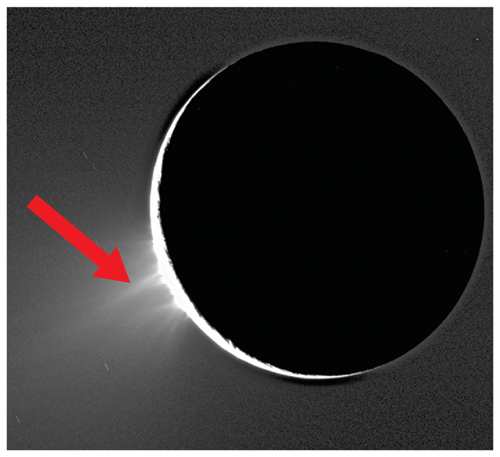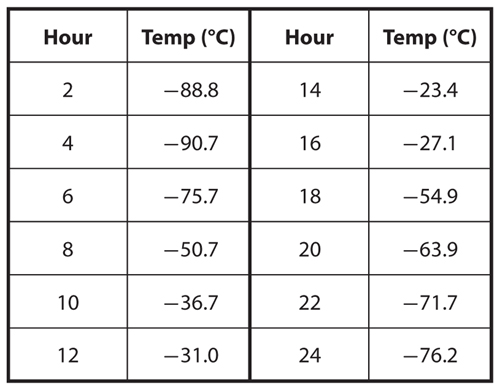Mars Inspiration Mars Mars Exploration Program
Mars l Mars facts, pictures and information. - The Nine Planets
Introducing NASA'S Future Spacesuit, the Z-1
Do you want to intern with NASA? NASA Apps for your smartphone
| Mars Suits and Tools |  |
|||||||||
| Space shuttle space suit | ||||||||||
| For the most part,
the design of a space suit is based on the environment in which it will
operate. Space shuttle space suits, for use in Earth orbit, are designed
to operate in a vacuum and in microgravity. Mars space suit A space suit that will be used on the surface of Mars will require a different design. Astronauts exploring the Martian surface will have to wear space suits that will protect them from the very thin atmosphere, a lack of oxygen, and extremely cold temperatures. These space suits must be lightweight and flexible enough to allow astronauts to work and move about freely, but durable enough to withstand the rugged and dusty surface. The space suits that will be needed on Mars are currently in the design and development stage. The Mars suit will probably weigh about 80 pounds on Earth; on Mars that would only be about 27 pounds.
These and other properties of the Martian environment provide interesting and exciting challenges to space suit designers and builders. Explorers on Mars will need to use a variety of tools and scientific equipment. To carry these things, they will use robotic rover assistants. These robots will not only be "pack mules." They will also be able to explore, acting as pathfinders and collecting samples from places that are too far or too dangerous for the crew to explore. Currently, engineers at NASA’s Johnson Space Center are developing special tools based on the ones used in the Apollo Program. Hammers, axes, walking sticks (‘mobility aides’), tongs (‘grabbers’), and hand corers (for soil samples) are being designed to fit pressured suit gloves. Pressure will be kept at 3.75 pounds per square inch inside the suit. This pressure is similar to that of the suits worn by the Apollo astronauts on the Moon in order to allow for more mobility. Click here to download a brief about the history of space suit development (large .pdf file).
Since crews would be working near the rover, this is a feasible plan. The Johnson Space Center is currently considering building a small facility that will resemble the Martian terrain to do testing of suits, tools, rovers, and equipment at the Center in Houston, Texas. A partial gravity balance simulator that can simulate 1/3g (Martian gravity forces) here on Earth is also being tested. When attached to the space suit, astronauts would feel like they were on Mars. For more information, click on the following links: Mars suits Tools Questions to think about:
| ||||||||||



